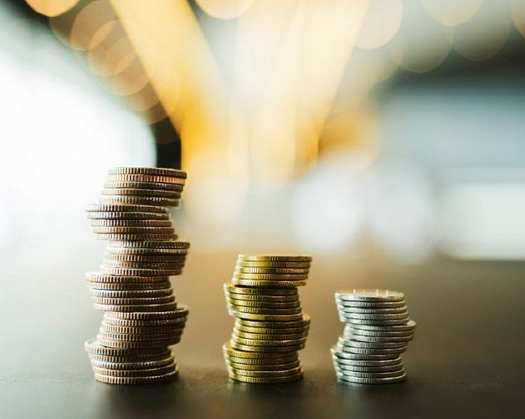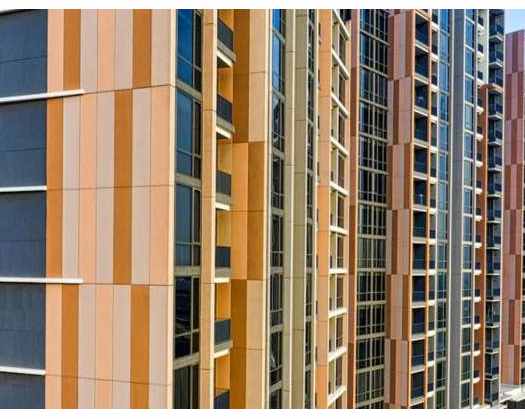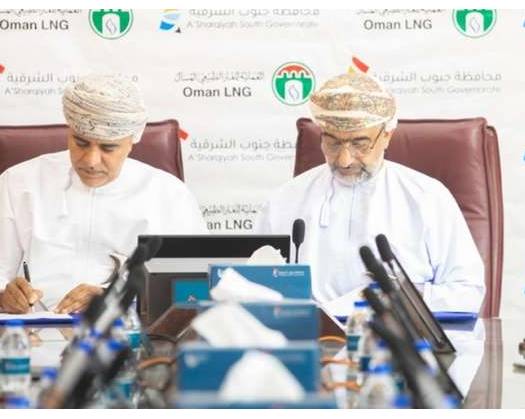New Delhi: According to a CRISIL report, India's gross domestic product (GDP) growth is projected to stabilize around the long-term trend of 6.5-7 percent as the technical factors that previously caused fluctuations begin to normalize.
The post-pandemic era experienced a rapid recovery accompanied by significant variations in GDP growth; however, these irregularities are now subsiding, indicating a return to economic stability.
In the aftermath of the pandemic, various economic sectors rebounded at different rates. The government's emphasis on infrastructure investment has been crucial in facilitating economic recovery through multiplier effects. Furthermore, robust corporate and banking sector balance sheets, along with favorable external market conditions, have bolstered India's economic resilience.
Nevertheless, certain technical factors have disrupted GDP growth trends in recent years. For example, net product taxes were affected by an increase in government subsidies during the pandemic, while fluctuations in commodity prices contributed to volatility in the GDP deflator.
These disruptions resulted in GDP growth soaring to 8.2 percent in the last fiscal year, creating a divergence from gross value added (GVA) growth.
In the current fiscal year, the normalization of these technical factors has led to a deceleration in GDP growth. The growth of net taxes, which significantly contributed to GDP growth in the previous fiscal year, has notably slowed due to a high base effect.
During the first half of this fiscal year, net product taxes increased by only 3.3 percent, compared to 10.5 percent in the same period last year. This decline has reduced the contribution of net taxes to GDP growth from 77 basis points (bps) last year to 25 bps this year.
The GDP deflator, which reflects inflation-adjusted GDP, is showing signs of stabilization. In the first half of this fiscal year, it increased to 2.7 percent year-on-year, a notable rise from the previous year's low of 0.8 percent.
This uptick can be largely attributed to the increase in wholesale price index (WPI) inflation, which averaged 2.7 percent during the first half, a significant improvement from the -1.7 percent recorded in the same timeframe last year. This normalization is tempering real GDP growth while simultaneously reducing discrepancies between nominal and real GDP figures.
Although the normalization of technical factors has contributed to a slowdown in GDP growth, high interest rates and fiscal consolidation have also played a role in this moderation.
Nevertheless, the primary macroeconomic drivers remain robust. Private consumption, which constitutes 56.3 percent of GDP, experienced a growth of 6.7 percent in the first half of this fiscal year, compared to 4.1 percent in the previous year.
While fixed investment growth has decelerated to 6.5 percent from 10.1 percent last year, it still represents a larger share of GDP than during the pre-pandemic decade.
CRISIL forecasts GDP growth for the current fiscal year to be between 6.5 and 7 percent, consistent with India's pre-pandemic growth trend. An improvement in consumption demand, supported by a favorable monsoon and rural recovery, is expected to sustain growth momentum.
Although this year's growth may be lower than last year's 8.2 percent, it is projected to be more evenly distributed across sectors, suggesting a healthier economic trajectory.












